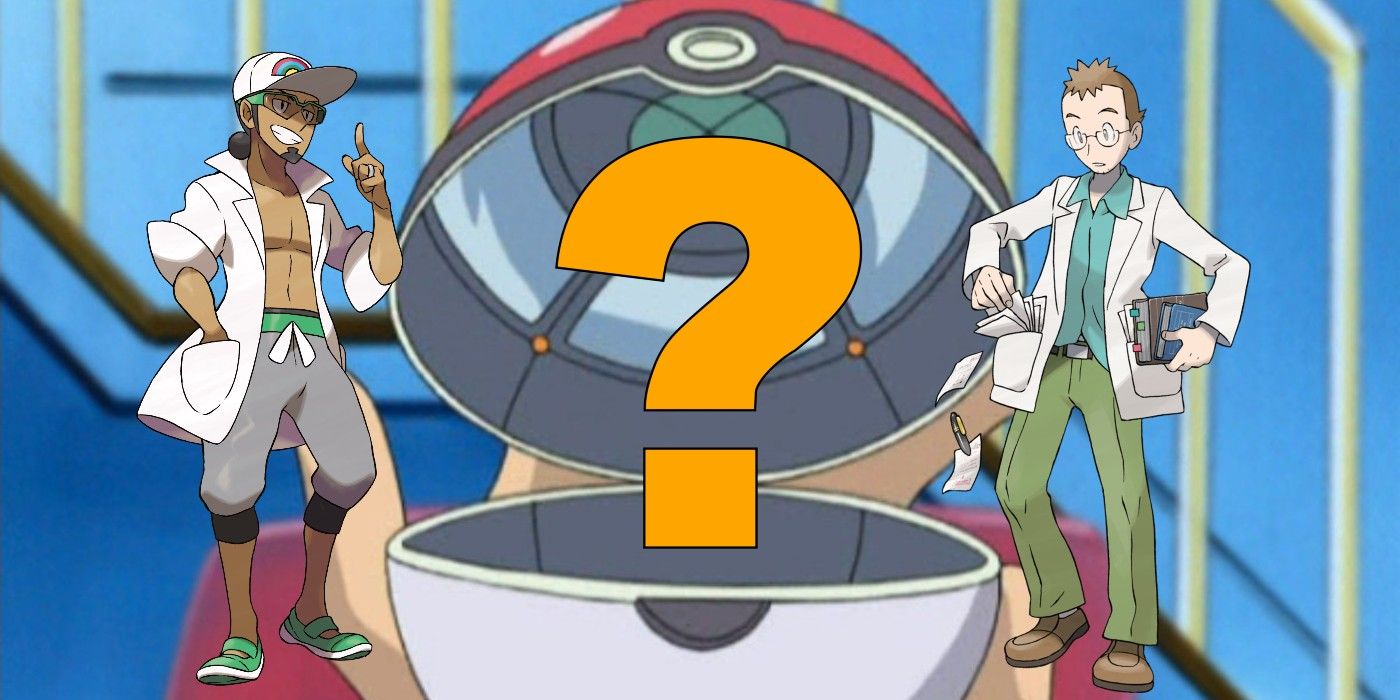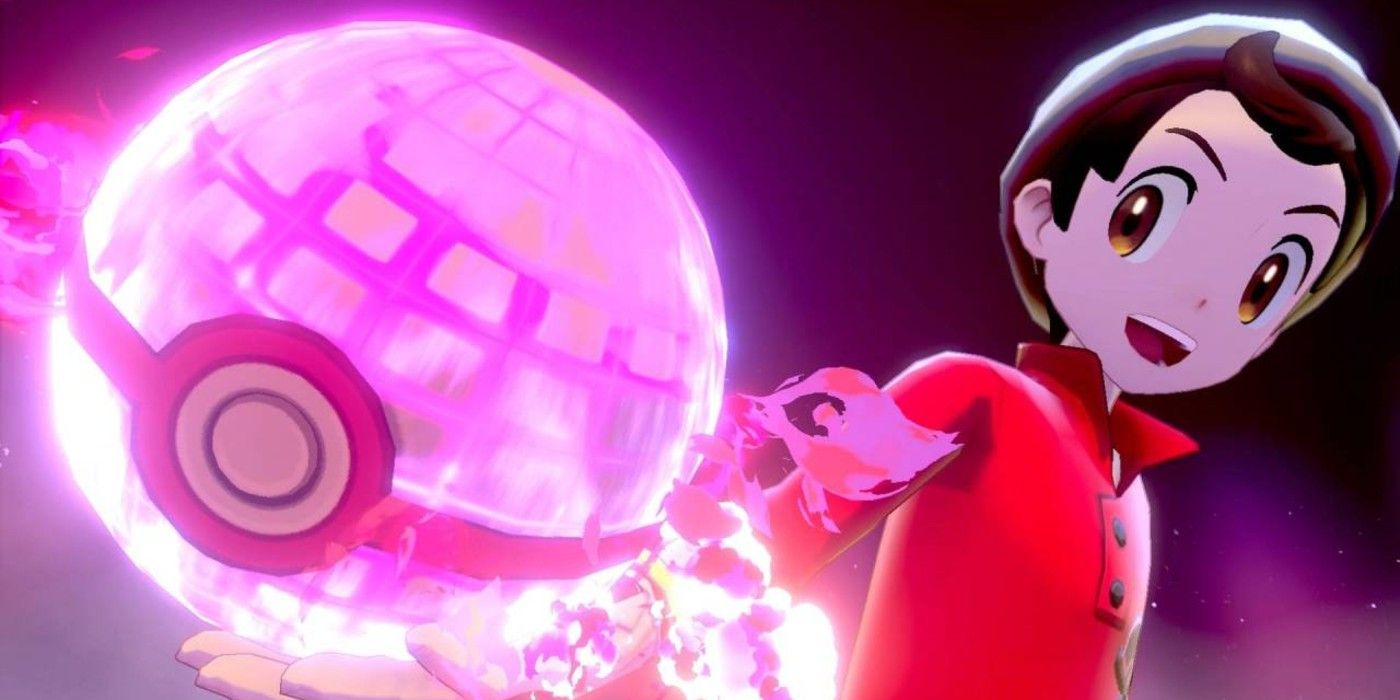Pokémon Theory: How Poké Balls REALLY Work
Poké Balls supposedly convert Pokémon into energy for easy storage and transportation, but one convincing fan theory suggests otherwise.
You Are Reading :Pokémon Theory How Poké Balls REALLY Work
Category : Pokemon

In the world of Pokémon, Poké Balls are a common contraption used to capture and carry around Pokémon, but how exactly do they work? While there is no concrete clarification, plenty of convincing theories explore the science and demystify the mechanics of how Pokémon of all sizes — even those as large as a Snorlax or Wailord — can fit into a handheld device.
Poké Balls have been around since the start of the franchise, and as it developed, so did the Poké Balls. There are at least 27 different types of Poké Balls, some having special characteristics that make catching certain Pokémon easier. Generally speaking, a trainer must first weaken a Pokémon to increase the chances of a successful catch. Quick Balls and Master Balls are an exception, since the first has the highest chance to catch a Pokémon on a player’s first turn, and the latter is designed to catch Pokémon without fail. Captured Pokémon go into a Poké Ball as a form of energy. In rare cases, some Pokémon (e.g., Ash’s Pikachu) refuse to stay in a Poké Ball.
It’s widely assumed that the Poké Ball itself is responsible for converting Pokémon into energy. In the anime, Poké Balls are shown to have mirrors inside, and Reddit user nameless88 speculates that like all matter, Pokémon are composed of wavelengths that increase as they’re being captured, allowing them to be compressed and turned into light energy that constantly bounce off these mirrors until needed again. This would also explain how they are able to be transferred into storage boxes on a PC. Taking it a step further, this theory proposes that the Pokémon themselves have the ability to convert matter into energy, and Poké Balls merely exploit this feature, forcing a weakened Pokémon into a Poké Ball.
Can Pokémon Convert Energy Into Matter (& Do Poké Balls Exploit This?)

This would explain a few scenarios. If a Pokémon is indeed able to convert matter into energy, one that has trained and stored up power can then use this increase of energy to evolve into a stronger Pokémon. This also supports how special attacks work, as Pokémon seemingly create fire or psychic beams out of nothing. It is actually stored energy they are able to materialize, explaining why there are a limited amount of times a Pokémon can use their moves before healing. Furthermore, while a Pokémon is fainted, they can no longer convert energy, so a Poké Ball is unable to manipulate this feature, rendering an unconscious Pokémon uncapturable.
This theory also supports the catch-effectiveness of different types of Poké Balls. Poké Balls can only manipulate a certain amount of energy, so they are more effective the weaker (less energized) a Pokémon becomes. Stronger Poké Balls like Ultra Balls have a higher capacity to control energy, making them more effective at catching stronger (more energized) Pokémon. Pokémon developer Junichi Masuda has commented on how the environment inside a Poké Ball is a very comfortable, which suggests Pokémon inside their Poké Balls are experiencing something more than just being light ricocheting off reflectors. Whether they’re somehow transported to a different Utopian dimension or into an artificial simulation that replicates their ideal environment (like a much happier, idealistic version of The Matrix) is a topic that warrants further discussion.
Thanks to Einstein’s theories about the intimate relationship between matter and energy, it’s common knowledge that matter can be converted into energy which is how nuclear reactors work. In theory, this process can be reversed, turning energy into matter. This is essentially the premise of the Big Bang model of how the Universe was formed, and something physicists have been experimenting with via photon collision for the last few years now. This knowledge seems to be better understood and utilized in the Pokémon universe. The obligatory downer disclaimer that Pokémon is simply an imagined world with fictional creatures and mechanics that don’t merit real-life scientific explanation is noted. Still, it’s hard to ignore how nicely the particles of evidence shown have materialized such a well thought-out theory.
See more : PokemonWe
